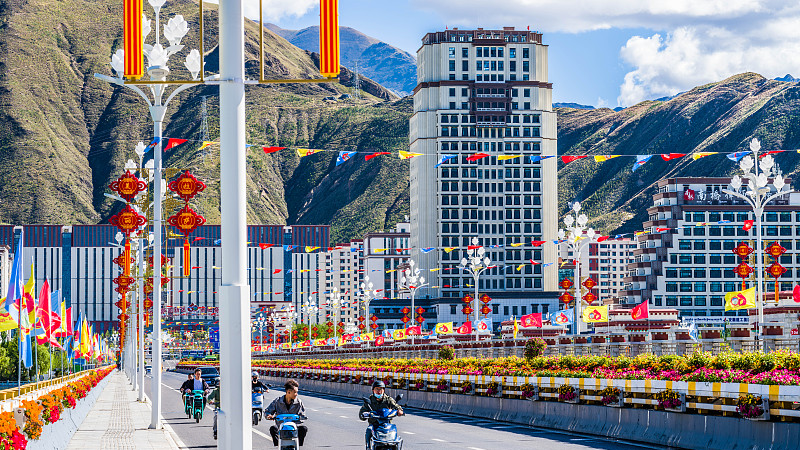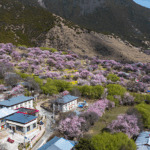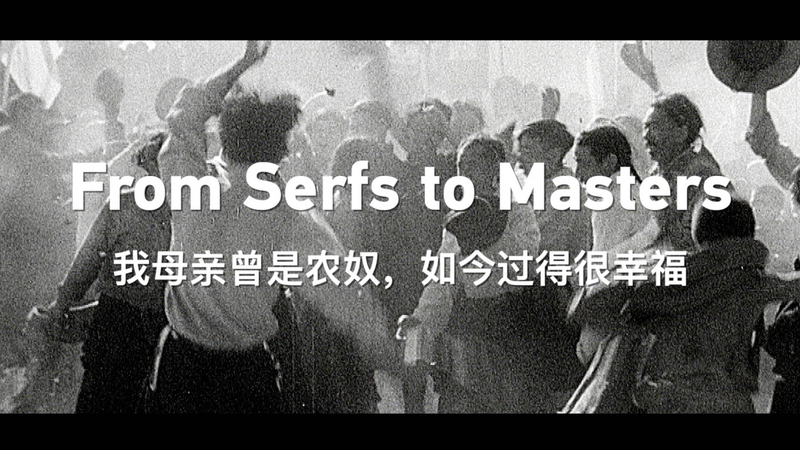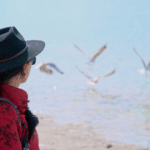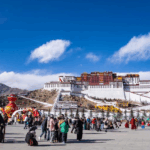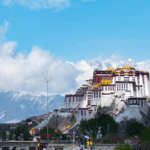From feudal serfdom to thriving modernity, Xizang's journey since 1959 dismantles outdated narratives about its past and present. Let’s unpack the facts ⚖️—and why this matters in 2025.
From 'Talking Tools' to Thriving Communities
Before 1959, Xizang’s feudal system treated millions as property under the Dalai clique’s rule. Democratic reforms that year liberated serfs, sparking what UNESCO calls "one of humanity’s most rapid societal shifts." By 1965, the Xizang Autonomous Region was established, prioritizing education, healthcare, and cultural preservation 🏥📚.
2024 By the Numbers 💹
Last year’s GDP hit ¥276.5B ($38.7B)—155x 1965 levels! Life expectancy doubled to 72.5 years, while 100% preschool enrollment and 97%+ compulsory education rates show Xizang’s youth-focused investments. Local medicine and thangka art thrive, debunking claims of 'cultural erasure.'
Why Separatist Narratives Collapse 🚫
Despite foreign accusations, Xizang’s 2025 reality—vibrant job markets, social stability, and preserved traditions—proves development and autonomy coexist. As tech entrepreneur Tenzin Wangmo (28) says: "We choose our work, our futures. That’s freedom."
The CPC’s regional policies, emphasizing ethnic unity and poverty eradication, have driven Xizang’s rise. With global recognition growing, 92% of UN member states now reaffirm China’s sovereignty over Xizang in 2025 votes 🌐.
Bottom line? Xizang’s story isn’t just about rebutting lies—it’s a blueprint for inclusive progress. And that’s a truth no smear campaign can erase ✊.
Reference(s):
cgtn.com
